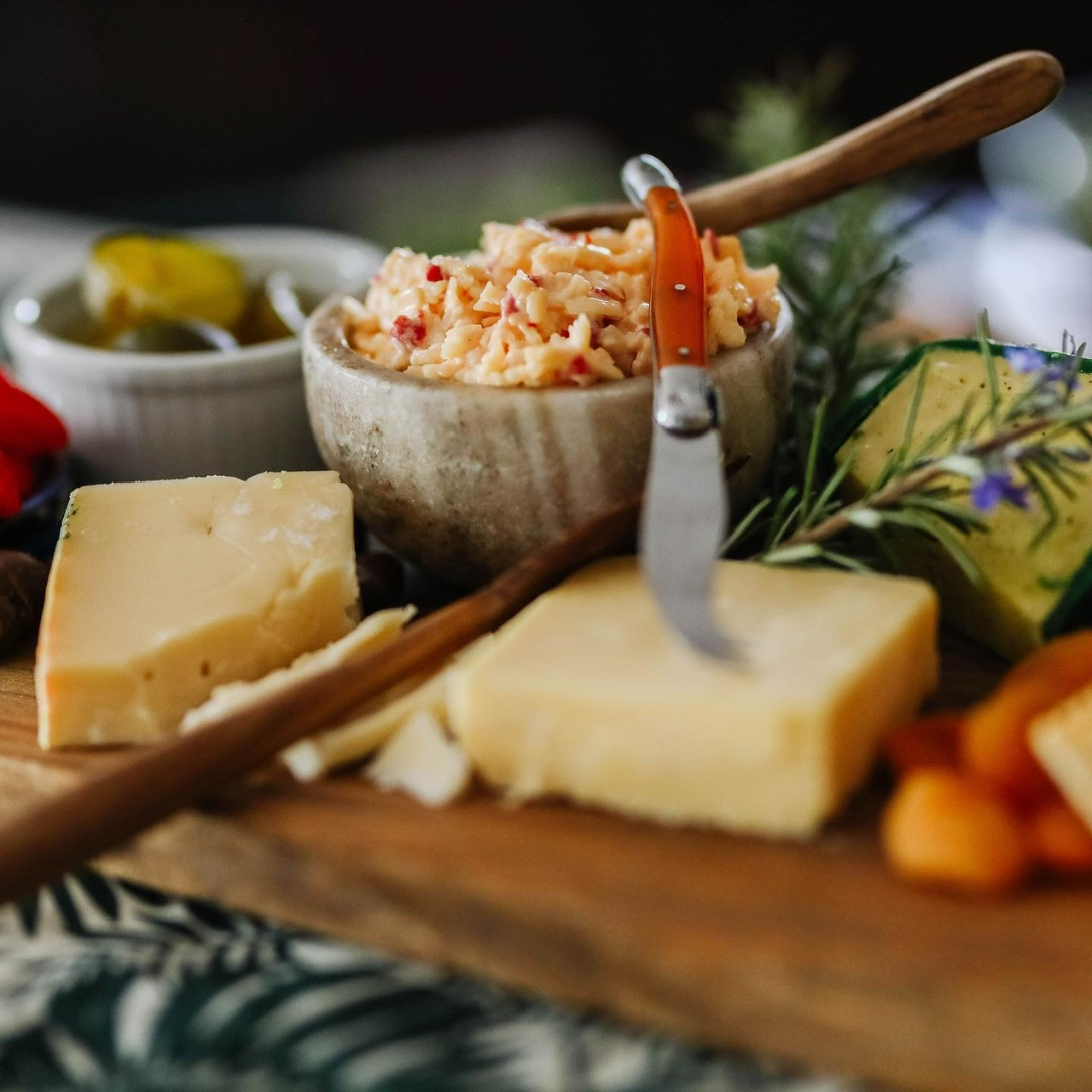Barry's blog part 1
posted on
November 9, 2020
Hey y’all!
Barry here. It’s been awhile since I wrote anything for the Blog, so I figured I’d better earn my keep. As a farmer, I’m always thinking about food and how it’s raised. But over the last week or two, I’ve met a lot of folks and read a lot of things that reminded me how uninformed and unaware people can be. That’s not a put down. I’ve been there myself. So I want to tell you a little of my food journey story and hopefully open your eyes to a few things that I think consumers should know.
If you’ve read my story before, you know I grew up around farm animals. We always had our own beef in the freezer. But I still never “got it” until just a few years ago. Beef was beef. Chicken was chicken. I knew there was a difference in quality between, say, a Morton’s filet and the steak & eggs at Waffle House. But I never once thought about the different ways animals were being raised before they were slaughtered, inspected, and shipped out. Or the fact that it had a direct bearing on how safe and nutritious that meat may or may not be. I never gave a second thought to eating a Whopper or chicken tenders from Chili’s.
But then a number of years ago, I watched a documentary called Food, Inc. I’m sure a lot of you have seen it. If not, PLEASE, PLEASE, PLEASE watch it before this week is over!!!!!! It forever changed the way I viewed the food I ate and forever changed my life. For the first time, I saw that all beef is not the same. All chicken is not the same. Through this documentary, as well as through reading Michael Pollan’s book “Omnivore’s Dilemma”, I was introduced to the work of Joel Salatin, a self-described Lunatic Farmer who is one of the godfathers of the pasture based, regenerative agriculture movement. He runs Polyface Farm in the Shenandoah Valley and has become one of my mentors on my own farm journey. Suddenly it was all so clear. Animals were meant to be raised outside, on pasture. DUH! How could “we” have gotten that so wrong?!?!?!

This is a picture of how the vast majority of chickens are raised in this country. This is not a “gotcha” or undercover-type of photo. I don’t think any conventional poultry grower would have a problem with you seeing this picture. This is how they do it. Fact. These birds are raised indoors their whole lives. There is no grass in here, just sawdust. To start with. But it quickly becomes nothing but manure. These houses generally hold from 40,000 to 100,000 birds. Each. Even if you are not a farmer, you can imagine the amount of waste that many birds put out over the course of the six to eight weeks that they are in there. Visitors are not allowed. Any worker that enters, must wear a Haz-Mat type suit and a face mask or respirator. At worst, the lights are kept dim to keep the birds inactive. They just eat, drink, and defecate. Some operations add a constant supply of antibiotics to try to keep their birds “healthy” in this unnatural environment. However, in the wake of growing consumer awareness and demand, some producers are reducing or eliminating antibiotics. This is where you, the consumer, need to educate yourself on being able to read and understand food labels. Because you ultimately get to decide the future of agriculture and the food system in this country with your dollars. All large, commercial poultry operations raise their chicken indoors like in the picture above. Tyson, Perdue, Springer Mountain, etc. It’s all the same. Some have given up on antibiotics. Some offer chicken that has been fed a Non GMO feed. Some offer a Certified Organic line. Most of the label claims are meaningless at best, misleading or downright deceiving at worst.
*All Natural – this means it has been minimally processed and contains no artificial ingredients or preservatives. All fresh meat should qualify, so what is the actual claim here?
*Cage Free – the picture above qualifies as Cage Free.
*Farm Raised/Farm Fresh – technically most, if not all food is produced on a “farm” but very few “Big Ag”/commercial/conventional operations fit the picture in the consumer’s mind of a cute red barn with cows and chickens grazing in a pasture.
*All Vegetarian Diet – This is not necessarily a positive claim. Chickens are omnivores, not herbivores. “They” would say it means their birds are getting no animal byproducts. Some commercial feeds contain “animal byproducts” – ground up feathers/bones/carcasses/etc included as a source of protein. Feeding cattle byproducts to other cattle is what brought us Mad Cow Disease. Feeding chicken to chicken or cow to cow is bad. But on our operation, we include fish meal (ground up fish) in our feed as a good source of protein. Plus our birds are actually Free Range/Cage Free/Pasture Raised, so they can and do readily consume insects and earthworms.
*Free Range – if the house in the picture above has a 1’ x 1’ door on one end that opens onto a fenced in concrete pad, that qualifies whether or not a single chicken ever ventures outside. Some of these houses are 500 feet long. How many chickens do you think are going to fight their way through the crowd to get to this door that they don’t even know is there?
*Non GMO – there are currently only 10 crops grown in the US that have genetically modified varieties. Corn, Soybean, Cotton, Potato, Alfalfa, Canola, Papaya, Squash, Apple, and Sugarbeet. In the case of chicken being labeled “Non GMO”, that means it’s feed contained corn and soybeans that were not genetically modified. The potential positive to Non GMO feed ingredients is that they SHOULD have less exposure to herbicides. A negative example of a GMO crop is one like a Roundup Ready variety, which means it can be sprayed with Roundup (glyphosate) multiple times during the course of the growing season for weed suppression without killing the crop.
*Organic – your operation must be certified as organic under the guidelines of the US Department of Agriculture. Certified Organic only has to be fed organic feed, receive no medicines/antibiotics, and have “access” to the outdoors.
These are most but not all of the current crop of labeling claims you will find at the grocery store. But regardless of what the label claims, everything must pass the “Smell Test” for me. I have absolutely no desire to eat an Organic chicken that has been raised inside a commercial poultry house. To me, it is just inherently wrong on many levels. But the food system in this country is controlled by big business and they do a great job of keeping the consumer in the dark. Who has time to research this kind of stuff??? We all have jobs and kids. Places to be. Always busy. What could possibly be wrong with swinging through the drive-through at Chik-Fil-A or picking up some organic boneless, skinless chicken breasts at the grocery store? In my next blog, I will show you how we raise chickens and let you decide for yourself which is better.



